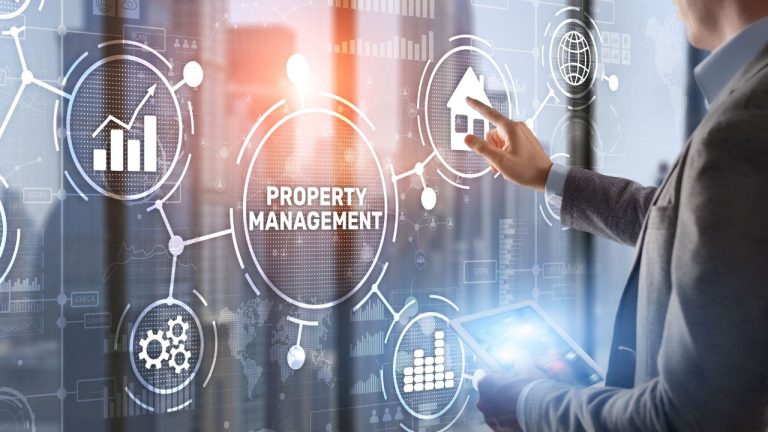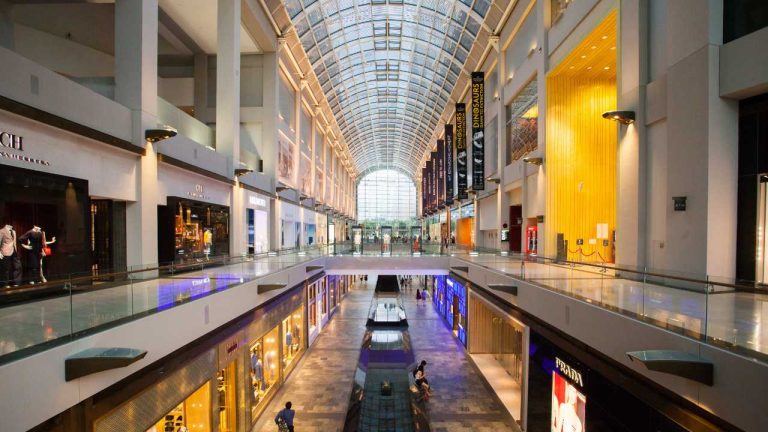Top 2023 Cybersecurity Trends in Commercial Buildings
Underestimating cyber threats can be very risky for owners and managers of commercial buildings. As the use of smart technologies increases, so do the opportunities for cyber criminals who can take advantage of this shift toward digitalization to target data, money, and operations.
Without effective countermeasures, it becomes easy for these ill-intentioned individuals and groups to use the internet, WI-FI access, and other technologies to compromise buildings and the businesses that are hosted in them.
Based on recent stats, it takes 206 days to identify a data breach, and the average cost of a single stolen or lost record is $150.
According to Memoori, an independent analyst company focusing entirely on this industry, the 2021 worldwide revenue for smart building cybersecurity amounted to $4.43 billion, a value that is expected to double by 2027.
These forecasts clearly highlight the high demand for systems that can provide those who own and manage buildings with an increased level of safety in order to minimize the chance of unpleasant surprises.
In this article, we will illustrate the hottest cybersecurity trends for commercial buildings in 2023.

1 – Leveraging Hybrid Systems
In on-prem systems, both the hardware and the application are located at the business’ physical locations, usually in a dedicated room or spot.
In contrast, a cloud system allows the organization to resort to a third party for server hosting purposes, freeing it from needing on-site hardware. Because both systems have both pros and cons, many businesses are considering shifting to hybrid systems that can maximize the former and minimize the latter.
In addition to cutting operational costs, hybrid systems provide an increased degree of flexibility, as they allow organizations to migrate data to and from the provider’s cloud at any time.
The use of these systems also means higher speed and scalability, as cloud providers are better equipped to deal with sudden changes in demand without annoying issues presenting themselves.
Cloud providers also use the most recent cybersecurity technologies and employ the most qualified cybersecurity experts, resulting in better protection from data breaches and similar threats.
2 – Verifying Access by Integrating Video Security and Access Control Systems
Another way to boost the level of security for your organization is to integrate video and access control technologies into one feed to verify access. Access control systems are typically used to confirm a user’s identity before entry is authorized, while video security systems provide an element of visibility.
A recent trend is the integration of these two systems to obtain both higher security and more effective data collection. Doing so can provide several benefits to the organization. First of all, it increases efficiency, reduces learning times, and cuts costs by allowing the two systems to be managed through a single interface.
Another advantage is that it boosts safety by highlighting incidents and other anomalies in real-time. For example, corridor or elevator cameras can allow you to spot so-called tailgaters (unauthorized users following authorized ones) and deal with the issue immediately. Integration also increases the level of accuracy. For example, in the event of a theft or other incident in a restricted area, the only two authorized employees present at the time of the incident may deny any involvement, in which case security recordings can be used to verify the validity of their statements.
3 – Integrating All Security Technologies Onto One Platform
Another notable mention is the shift towards platforms that use ONVIF or other open APIs to integrate different security technologies onto one platform. The software solutions and devices you use may come from different manufacturers. A common language like ONVIF is therefore necessary to achieve compatibility without additional development efforts required and without incurring extra costs.
ONVIF means Open Network Video Interface Forum. It’s a non-profit forum aiming to develop a universal standard for network-based safety solutions such as IP cameras, recording devices, and software.
4 – Scalability and Future Proofing Through Cloud-Based Solutions
PsaaS (acronym for physical security as a service) is a cloud computing solution that allows businesses to host security functions, such as access control and video security, at an external data center. The final user can purchase them as a service by paying for a recurring subscription. This trend is part of the broader shift towards SaaS (software as a service). According to recent statistics, 70% of companies currently use SaaS-based applications. However, this approach is still relatively new in the building security market.
PsaaS applications play an important role in future-proofing businesses and organizations, that is, making systems unlikely to become obsolete over time. They do so by increasing the level of flexibility and scalability at all levels: administrative, functional, and geographic. Your organization will be able to adapt the availability of apps for different users, determine which software functionalities to adopt flexibly, and adjust the level of computing power to the amount of workload and the number of geographic locations where the business operates.







